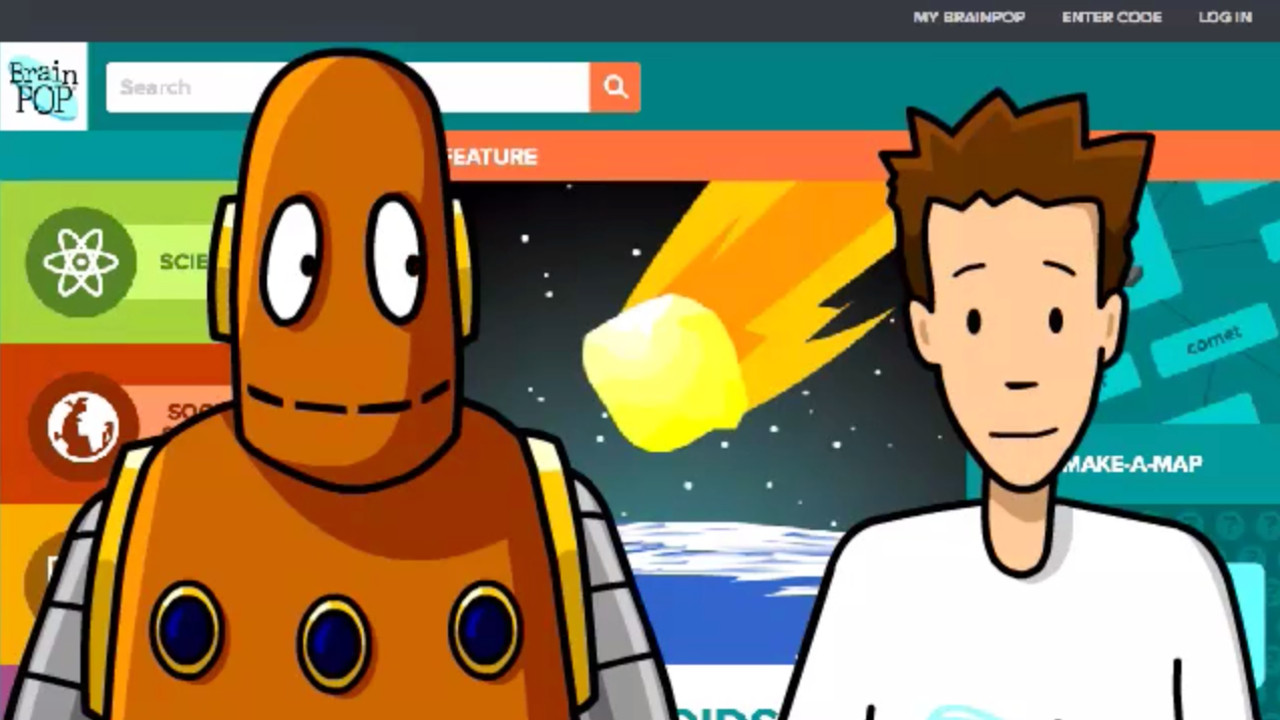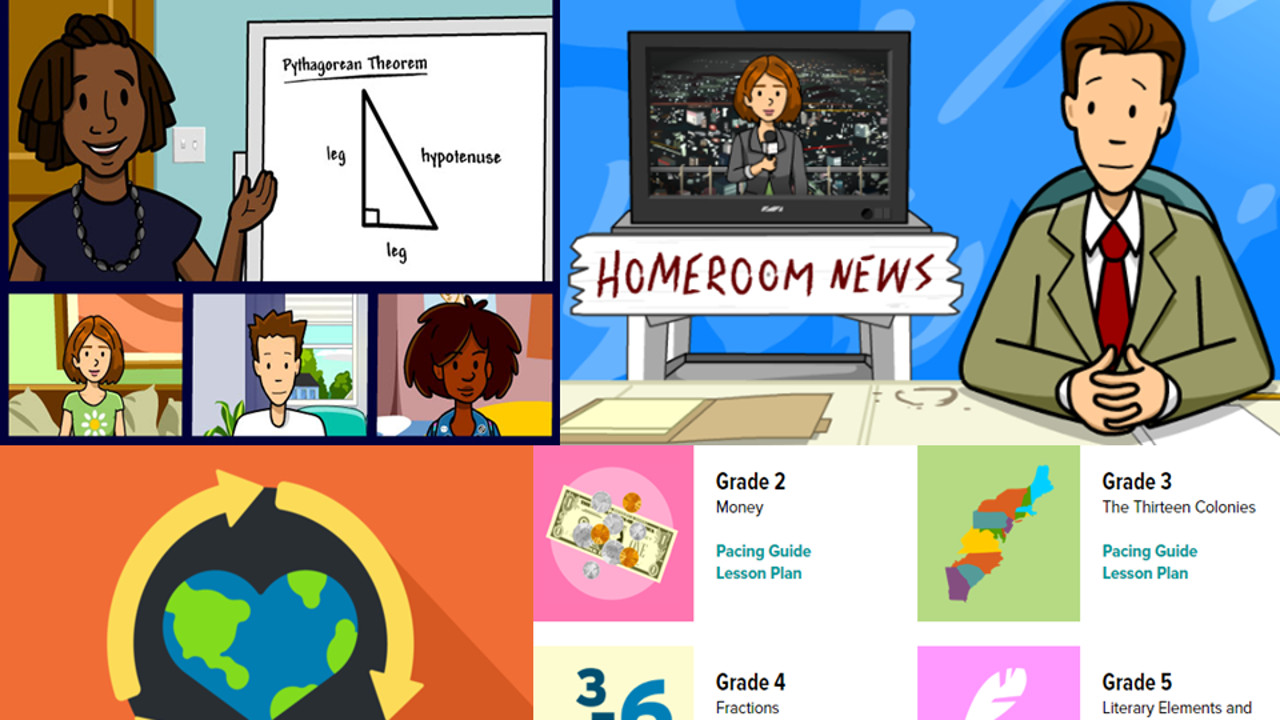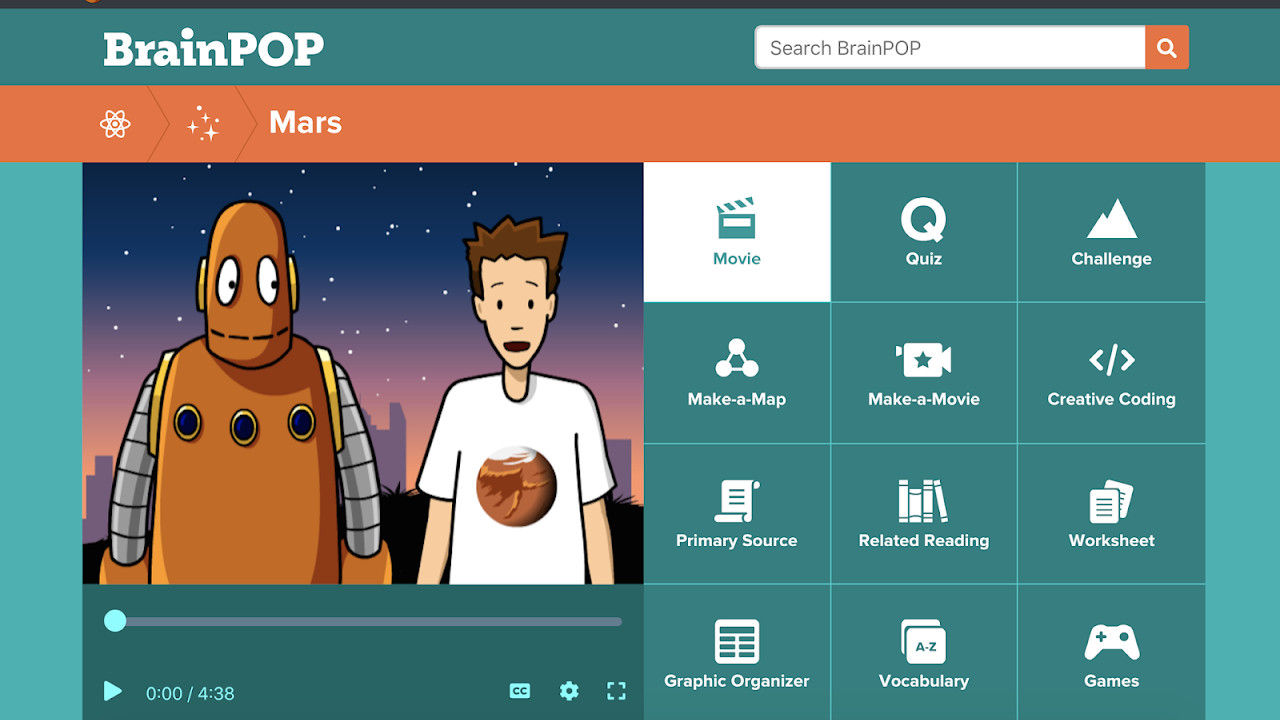What is BrainPOP and How Can It Be Used for Teaching? Tips and Tricks
BrainPOP offers hosted animated videos and more to teach students of varying ages, from anywhere

BrainPOP is a video platform designed for teaching that uses animated characters to educate students.
The two main characters are Moby and Tim, who effectively host the clips and make sure the sometimes complex topics are simple and engaging, even for younger students.
The offerings have grown and now there are more written information options, quizzes, and even video and coding systems. All of these are designed to let students engage more and be assessed by teachers. It pulls in lots of tools that otherwise have dedicated software options out there, so is it a one-stop-shop for all you need?
Read on to find out all you need to know about BrainPOP.
What is BrainPOP?
BrainPOP is primarily a video-hosting website that creates its own educational content. The videos are hosted by the same two characters, which provides consistency to the content and helps students feel comfortable.

The videos tackle a wide range of subjects but largely aim to take more complex issues and offer each in a simplified way that can be easily understood. Topics range from basics such as math and English to more complex issues such as politics, geometry, and genetics.
BrainPOP also covers social-emotional learning to offer CASEL model content to students alongside the likes of health and engineering, to name a few other areas.
Tools and ideas to transform education. Sign up below.
How does BrainPOP work?
BrainPOP is online-based so it can be accessed from any browser. So this will work on most devices with a good enough internet connection to stream the cartoon videos.

Once signed up, teachers can share videos with the class. But students can then also gain access on their devices. This makes it useful in the classroom and beyond. There are a selection of follow-up features that help to further the learning impact of the videos, which can be a bit of an overview in most cases.
Sections with reading material to learn more on a subject are available, and students can also go on to quiz-based assessments and other learning activities. Teachers are able to track student engagement and progress so as to best continue teaching or recommend more videos from there.
This is a great way to offer video-based learning to students, although it is probably best as an intro to a topic before carrying out more in-depth teaching in the classroom.
This sample BrainPOP lesson plan is designed to help implement the platform into instruction.
What are the best BrainPOP features?
BrainPOP videos are the bulk of the website and these are what make it such a useful tool, with fun and engaging original content. However, the tools used for further learning and assessment are also helpful.

The quiz section lets students practice what they've learned using multiple choice questions and answers. A Make-A-Map section allows users to combine images and words to create a concept map-style output that can be used by students to plan, to revise, to layout work, and more.
There is even a Make-A-Movie tool that does as the name suggests, offering a basic video editor to allow students to create their own video content. Since everything is shareable this can make for a useful way to build up helpful content for future use.
Coding is also addressed in a section that allows students to code and create. This not only gets an end result that can be used but also helps students learn and practice coding while getting there.
Games are also available to play, providing an opportunity for students to apply what they've learned to the tasks. Sortify and Time Zone X are both examples that combine fun with challenges to test how students have learned the content.
How much does BrainPOP cost?
BrainPOP is charged for after a two-week trial period. Family, homeschool, school, and district plans are available.
For teachers the School plan starts at $230 for a 12-month subscription for grades 3-8+ version of the system. There are also BrainPOP Jr. and BrainPOP ELL versions with more basic features, priced at $175 and $150 per year respectively.
The Family plans starts at $119 for BrainPOP Jr. or $129 for BrainPOP grades 3-8+. Or go for the Combo with both for $159. All are per year prices.
BrainPOP best tips and tricks
Check the class
Assign a video and have the class read the extra information and content, then carry out a quiz to see how well each student can uptake the information in the time given.
Map it out
Have students use the Make-A-Map tool to plan a project before they start, turning in the plan as part of the assignment process.
Present in video
Have a different student, or group, present back on a topic covered each week by making a video using the BrainPOP video maker.
Luke Edwards is a freelance writer and editor with more than two decades of experience covering tech, science, and health. He writes for many publications covering health tech, software and apps, digital teaching tools, VPNs, TV, audio, smart home, antivirus, broadband, smartphones, cars and much more.
